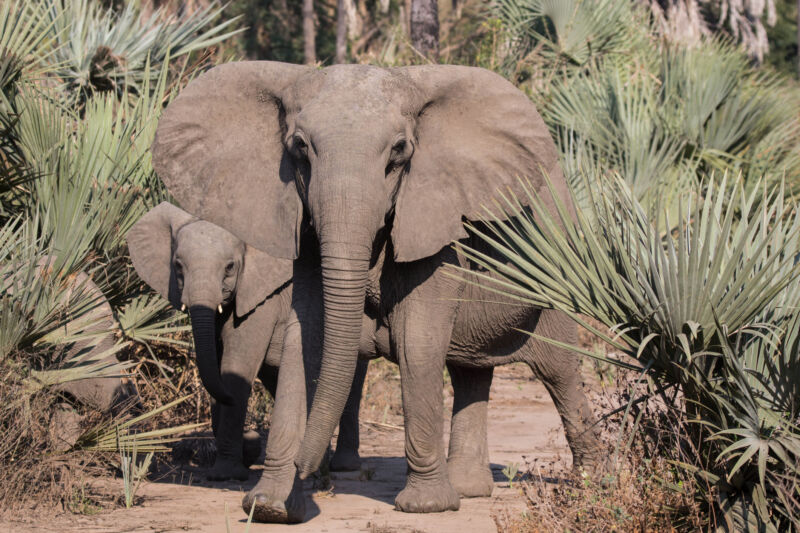Poaching drove the evolution of tusk-free elephants

Enlarge / A tuskless elephant in Mozambique. (credit: iStock / Getty Images)
Because of poaching problems, some wildlife authorities have resorted to removing the horns of rhinos to eliminate the reason they're poached in the first place. As it turns out, evolution came up with a similar solution.
A 15-year-long civil war in Mozambique set off a burst of poaching that ultimately killed 90 percent of a national park's elephant population. Afterward, tuskless elephants were seen in the park. That's surprising, since tusks play an important role in elephants' foraging and defense against predators. Now, researchers have revealed that the absence of tusks was the result of genetic changes and have even identified the genes that were likely behind it.
A change of faceOver the course of the Mozambican Civil War, the population of elephants in Gorongosa National Park dropped from 2,542 to just 242. But the remaining population contained a significant number of elephants that lacked tusks. Models of the population suggest that the animals without tusks were roughly five times more likely to survive than their fellows with tusks.
Read 9 remaining paragraphs | Comments